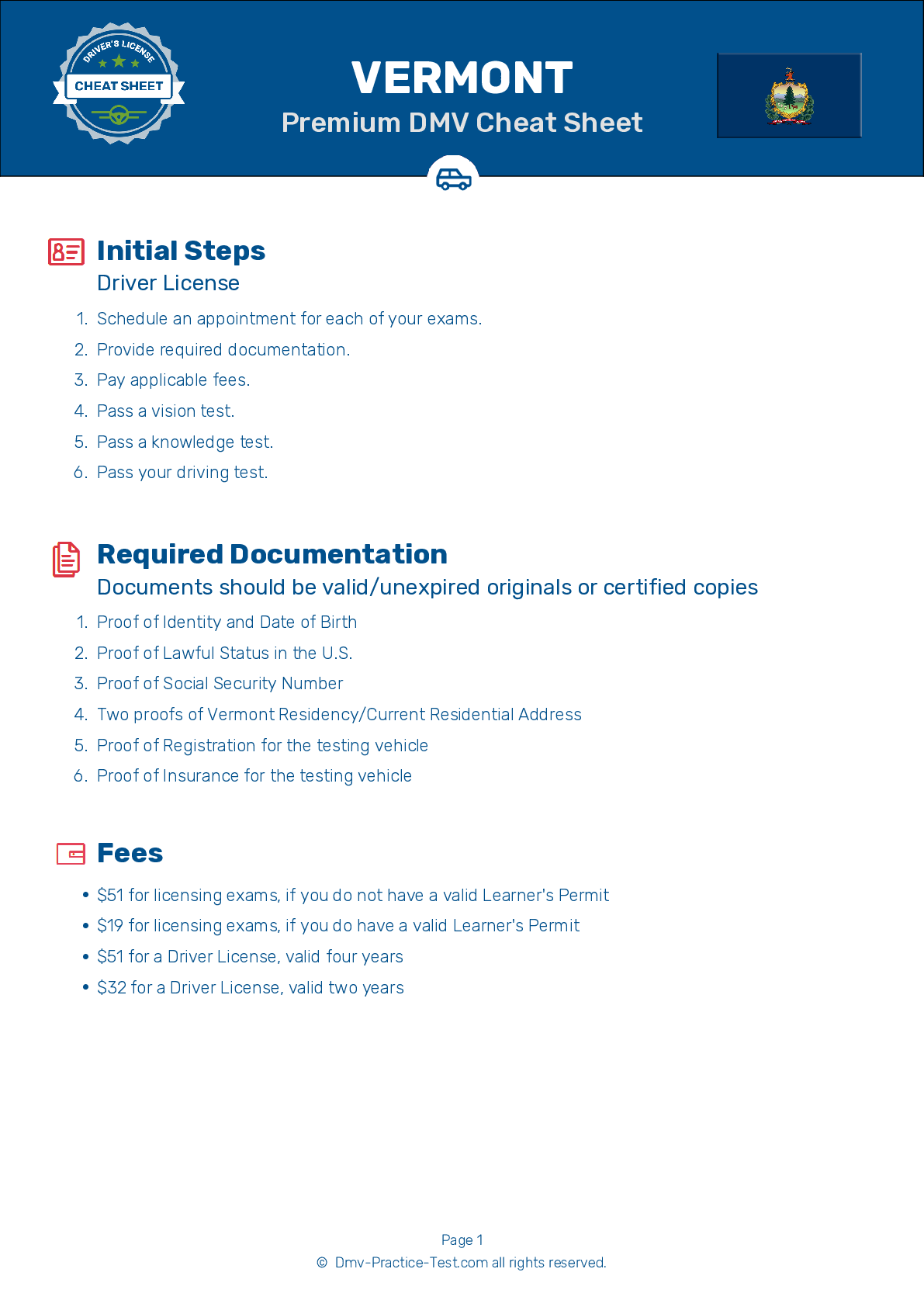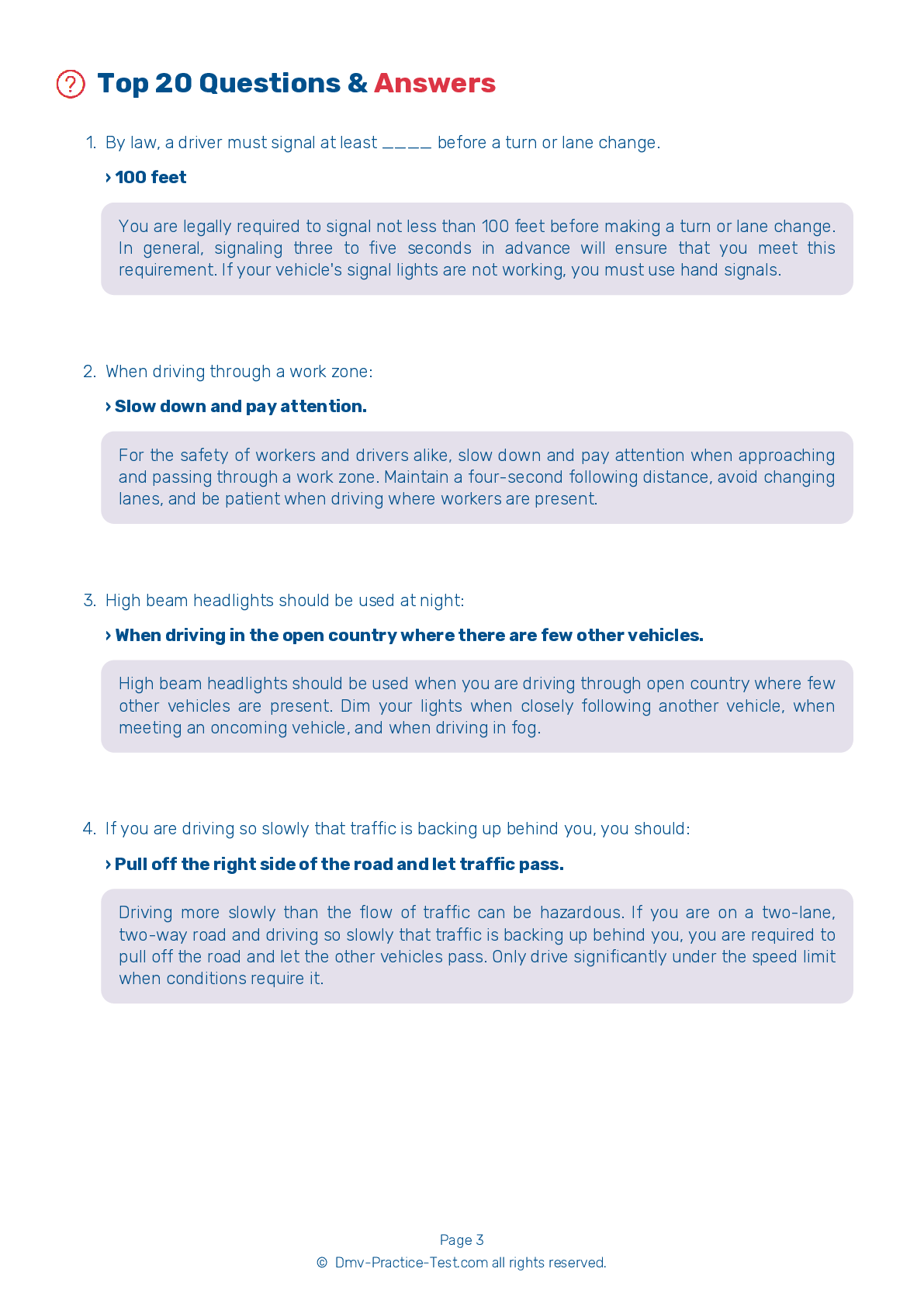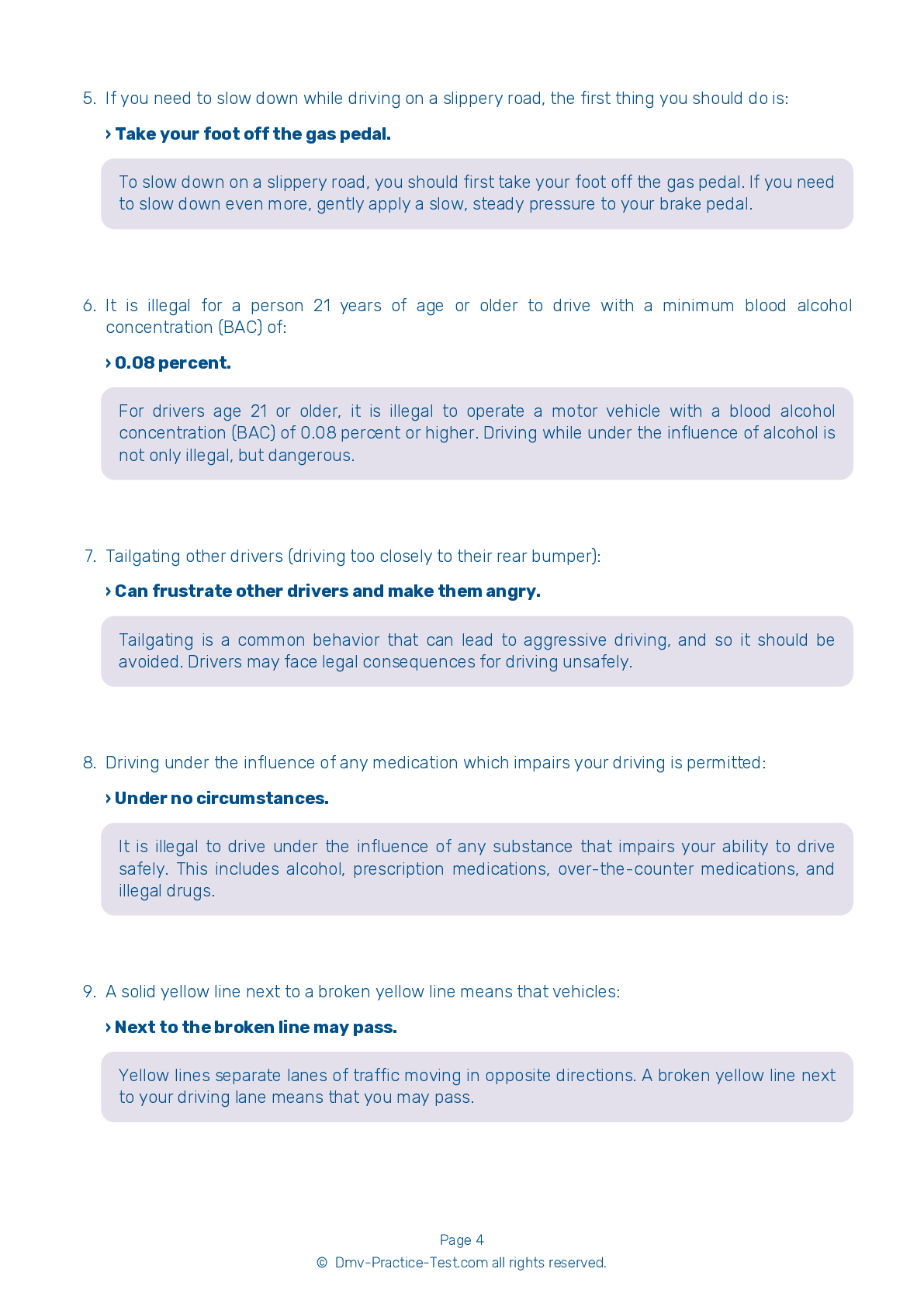FREE Vermont DMV Practice Test #21
The Vermont DMV practise examinations have been updated for January 2025. It includes questions based on the Vermont Driver Handbook's most significant traffic signals and legislation for 2025. Use actual questions that are very similar (often identical!) to the DMV driving permit test and driver's licence exam to study for the DMV driving permit test and driver's licence exam.
On the practise exam, each question gets a tip and explanation to help you remember the concepts. The written component of the official Vermont DMV test will include questions about traffic rules, traffic signs, and driving statutes, as well as knowledge from the Driver Handbook.
To obtain a passing grade, you must correctly answer 16 of the 20 questions. Use the practise exam provided by the Vermont Department of Motor Vehicles to help you prepare for your instruction permit or driver's licence.
The DMV exam is available in several languages.
Using any kind of testing assistance will result in an automatic fail, and the DMV may take additional action against your driver's licence, so stay away from it.
1 . This road sign means:
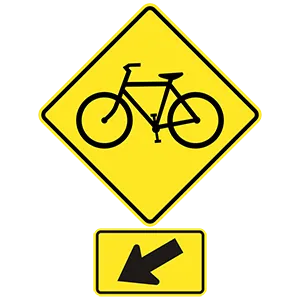
This sign (with the arrow below) indicates the location of a bicycle crossing/path. Drive with caution around this sign because bicycles likely regularly cross or ride beside traffic in the area.
2 . When dealing with pedestrians, a driver must:
You must do everything you can to prevent striking a pedestrian or another vehicle, regardless of the circumstances. It is the driver’s basic responsibility to be alert to pedestrians and to yield the right-of-way to all pedestrians, even if the pedestrian is crossing the street where they should not be.
3 . A person walking with a white cane or guide dog is likely to be:
Drivers must always yield the right-of-way to a pedestrian when the pedestrian is a blind person who is using a white cane or guide dog.
4 . When you see this sign, you must:
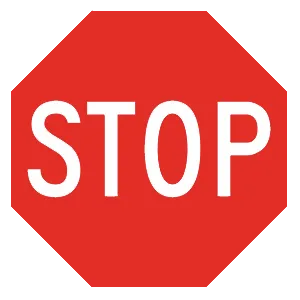
Any eight-sided sign is a stop sign. At an intersection with a stop sign, you must stop completely and check for pedestrians and cross traffic in the intersection. Wait for the intersection to clear before proceeding.
5 . If you need to stop quickly and your vehicle is not equipped with an Anti-Lock Braking System (ABS), you should:
Pumping the brakes is generally the best way to stop a car in an emergency. The car will stop quickly and you will also be able to continue steering.
6 . You may park or stop along the shoulder of the freeway:
It is prohibited to park on the shoulder of a freeway, except in an emergency.
Need Car Insurance? No problem!
Compare the best rates in Vermont and find a personalized policy that meets your needs.
1. Are You Currently insured ?
2. Married ?
3. Do you own your Home?
4. Do you have more than 1 car ?
5. Have you or a Family Member Honorably Served in U.S. Military ?
6. Your Name
7. Age
8. Zip code
IMPORTANT REMINDER:Auto Insurance is Mandatory to drive in Vermont. Get covered before you hit the road to avoid any fines.
Ranked by best match
2025 Vermont | Frequently Asked Questions
1. Not checking mirrors and blind spots before changing lanes or turning.
2. Speeding or driving too slowly for the conditions or posted speed limit.
3. Not coming to a complete stop at stop signs or red lights.
4. Incorrect signalling or not signalling at all.
5. Poor parking, especially parallel parking.
Remember, practice makes perfect, so take time to hone your skills.
